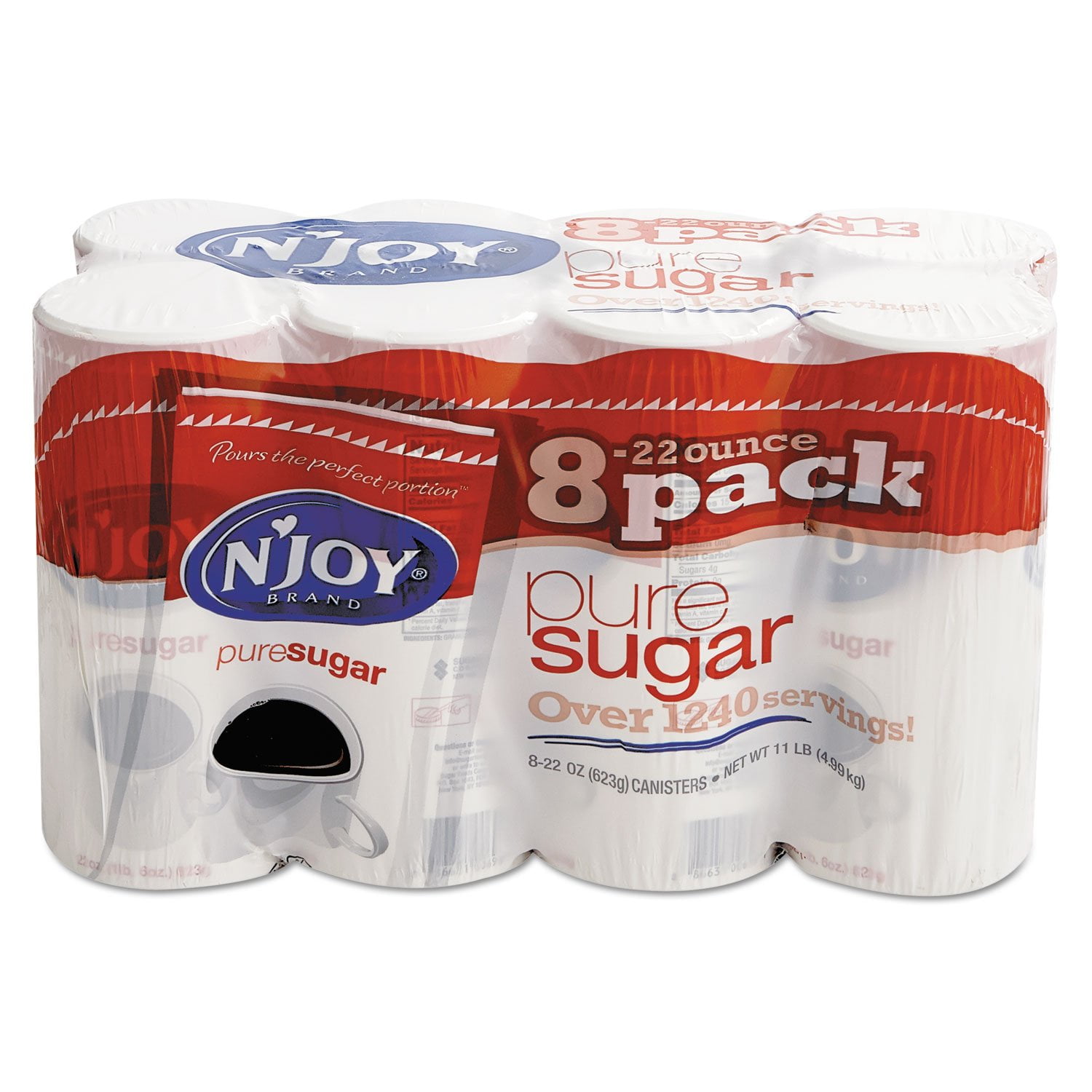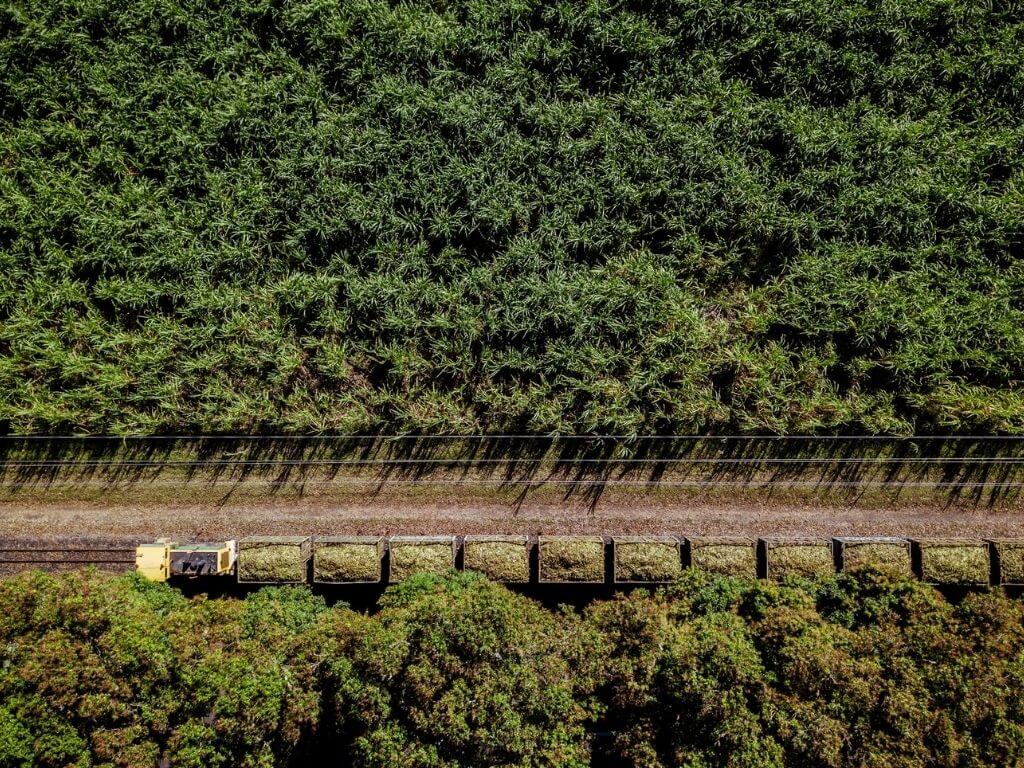Discover the Various Applications and Advantages of Sugar Cane in Everyday Life
Sugar cane, typically forgot, plays a significant role in different elements of life. Its cooking applications vary from enhancing tastes to giving all-natural sweet taste. Past the kitchen area, sugar walking stick's extracts find usages in cosmetics and drugs, showcasing its adaptability. Furthermore, it contributes to sustainability with biofuel manufacturing. The myriad ways sugar Cane impacts health and the atmosphere raise questions concerning its untapped possibility. What various other benefits might this plant deal?
Culinary Use Sugar Walking Stick
Although usually connected mostly with sugar, sugar Cane flaunts a variety of cooking applications that extend much past its duty in the production of sugar. In many foods, sugar Cane is used in its fresh form, where the stalks can be crushed to draw out juice, giving a stimulating and normally pleasant component for different dishes. This juice is frequently utilized in sauces, dressings, and sauces, improving flavors with its special sweetness.
Additionally, sugar Cane can be processed right into molasses, a result abundant in nutrients and flavor, which includes deepness to baked goods and tasty dishes. Cooks also explore sugar walking cane's coarse stalks, utilizing them as skewers for barbecuing, conveying subtle sweet taste to vegetables and meats. Beyond its use in traditional recipes, sugar Cane is obtaining acknowledgment in modern gastronomy, where ingenious chefs leverage its versatility to create unique flavor profiles, showcasing the active ingredient's possible throughout a large variety of culinary developments.

Sugar Cane in the Beverage Market
Sugar walking cane's adaptability prolongs right into the drink market, where it acts as a fundamental active ingredient in a range of beverages. One of the most significant items originated from sugar Cane is rum, a distilled spirit that has obtained worldwide appeal. Additionally, sugar Cane juice itself is a renewing drink enjoyed in lots of tropical regions. It is commonly offered cooled and can be located at road suppliers and local markets.
In addition, sugar Cane adds to the manufacturing of sweet sodas, where it adds sweetness that boosts taste accounts. Its all-natural sweetness is additionally harnessed in the crafting of mixed drinks and numerous liquors, supplying a more authentic preference compared to sweetening agents. Beyond these applications, sugar Cane is being discovered for its potential in developing healthier drink choices, as consumers significantly seek all-natural and natural options. Generally, sugar Cane plays an important duty in improving the beverage landscape.
The Duty of Sugar Cane in Cosmetics
The cosmetic industry has actually significantly recognized the advantages of sugar walking stick, leveraging its all-natural properties for skin care and appeal items. Sugar Cane consists of glycolic acid, an alpha-hydroxy acid (AHA) understood for its exfoliating properties. This substance helps to eliminate dead skin cells, promoting a smoother and extra glowing skin tone. Additionally, sugar Cane is abundant in antioxidants, which fight totally free radicals and might reduce down the aging process.
Sugar Cane extracts are usually included right into formulations for their hydrating qualities. They can improve dampness retention, making skin appear plumper and healthier (What Is Sugar Cane Used For). Numerous brands additionally make use of sugar cane-derived active ingredients in body scrubs and cleansers, profiting from its ability to delicately buff away impurities
Drug Applications of Sugar Walking Stick
As scientists explore the potential of all-natural resources, sugar Cane arises as a useful element in the pharmaceutical area. Its energetic substances, consisting of flavonoids and phenolic acids, display antioxidant and anti-inflammatory buildings, making them appropriate for establishing numerous wellness products. Sugar Cane derivatives, such as molasses and bagasse, are also used in the formula of syrups and tonics, boosting their medical worth.
Additionally, sugar cane's sucrose acts as an all-natural sugar in pediatric medication, improving the palatability of otherwise unappealing drugs. The bioactive substances originated from sugar Cane have revealed promise in combating persistent illness, including diabetes mellitus and cardiovascular conditions.
In addition, the plant's high fiber material contributes to digestion wellness, while its polysaccharides assist in medicine distribution systems, assisting in much better absorption of pharmaceutical compounds. In general, the integration of sugar Cane right into pharmaceutical applications highlights its convenience and capacity in advertising health and wellness and wellness.

Sugar Cane as a Sustainable Biofuel
While worldwide energy needs proceed to climb, the adjustment to lasting biofuels offers a possibility for innovation, with sugar Cane being a prominent candidate. This functional plant can be converted into ethanol, a sustainable energy source that significantly minimizes greenhouse gas discharges compared to nonrenewable fuel sources. The process includes fermenting the sugars extracted from the cane, which can then be blended with fuel or made use of as a standalone gas.
Furthermore, sugar walking stick's high yield per acre makes it a reliable alternative for biofuel manufacturing, making the most of energy result while lessening land use. Cultivating sugar Cane additionally sustains regional economies and creates job possibilities in farming and production industries. As nations look for to expand their energy profiles and minimize dependency on non-renewable sources, sugar Cane biofuel stands as a practical solution, adding to the global adjustment toward cleaner power alternatives.
Sugar Cane and Environmental Benefits

Often ignored, sugar Cane plays a considerable duty in advertising ecological sustainability. This functional plant is very reliable in co2 absorption, contributing to cleaner air (What Is Sugar Cane Used For). Via photosynthesis, sugar Cane absorbs even more CO2 than numerous other plants, which aids minimize climate change effects
Additionally, sugar Cane growing can improve soil health. Its deep-root system protects against dirt disintegration and enhances water retention, fostering an extra durable ecological community. Furthermore, sugar Cane can be grown in less fertile land, reducing the pressure on arable land needed for food manufacturing.
The spin-offs of sugar cane, consisting of bagasse and molasses, can be repurposed to develop organic plant foods and soil conditioners, further profiting agricultural techniques. By incorporating sugar Cane into lasting farming systems, neighborhoods can promote biodiversity and decrease reliance on artificial chemicals. The environmental advantages of sugar Cane prolong past its economic worth, supporting a much more sustainable future.
Ingenious Uses Sugar Cane in Sector
The ingenious uses of sugar Cane in industry are broadening quickly, showcasing its flexibility beyond typical applications. This eco-friendly resource has substantial capacity in biofuel manufacturing, sustainable product packaging services, and health and nourishment products. As sectors seek environmentally friendly options, sugar Cane is emerging as a principal in advertising sustainability and boosting item offerings.
Biofuel Production Potential
Harnessing the natural sugars discovered in sugar cane, markets and scientists are progressively concentrating on its potential for biofuel production. Sugar Cane is abundant in sucrose, which can be fermented to generate ethanol, an eco-friendly power resource that can replace fossil fuels. This procedure not just decreases greenhouse gas emissions however also advertises power independence. In addition, the by-products of sugar Cane handling, such as bagasse, can be made use of to create power, additional enhancing the sustainability of biofuel manufacturing. important link Nations with plentiful sugar Cane cultivation, like Brazil, are leading the means in biofuel advancements, showcasing economic benefits and environmental duty. As innovation advances, the effectiveness of converting sugar Cane right into biofuel continues to improve, solidifying its duty in the future of renewable resource.
Lasting Packaging Solutions
As industries seek environmentally friendly alternatives to standard products, sugar Cane becomes an appealing source for lasting product packaging solutions. The fibrous results of sugar cane, particularly bagasse, are progressively used to produce biodegradable product packaging products. This more tips here material not only minimizes dependence on petroleum-based plastics yet also adds to decrease carbon emissions during manufacturing. Companies are currently embracing sugar cane-based packaging for a variety of applications, consisting of food containers, disposable utensils, and safety packaging. These remedies not only fulfill customer demand for eco-friendly options but likewise align with business sustainability goals. As awareness expands, the change towards sugar cane-derived packaging shows a more comprehensive dedication to reducing ecological effect while keeping functionality and efficiency in different sectors.
Health And Wellness and Nutrition Products
Cutting-edge applications of sugar Cane expand beyond lasting product packaging, discovering significant duties in wellness and nourishment products. Sugar Cane is increasingly utilized for its all-natural sweet taste and dietary advantages, working as a healthier option to fine-tuned sugars. Its essences are integrated right into numerous food and beverage formulas, offering a source of power while contributing essential nutrients. In addition, sugar Cane juice is rich in anti-oxidants, advertising overall health and assisting in digestion. The fibers from sugar Cane are also being checked out for their capacity in dietary supplements, enhancing fiber intake in modern diets. As customers look for much healthier alternatives, sugar Cane remains to become a versatile ingredient that straightens with the expanding demand for nourishing food.
Regularly Asked Inquiries
What Are the Nutritional Benefits of Sugar Walking Cane?
The nutritional advantages of sugar Cane include its natural sugars, vitamins, and minerals. It gives and has anti-oxidants hydration, potentially helping food digestion and energy degrees, making it a beneficial enhancement to a well balanced diet plan.
Just How Is Sugar Cane Harvested and Processed?
Sugar Cane is collected by reducing the stalks short, followed by carrying them to refining facilities. There, they undergo cleaning, squashing, and information to extract juice, which is then refined into sugar products.
Exist Any Health Risks Connected With Sugar Walking Cane?
The question of health and wellness risks connected with sugar Cane reveals potential issues. High sugar material can cause weight problems and diabetes, while excessive consumption may also trigger intestinal pain. Moderation is essential for preserving total health.
Can Sugar Cane Be Grown in Any Environment?
Sugar Cane flourishes in subtropical and exotic environments, requiring warm temperature levels, abundant sunshine, and considerable rainfall. It has a hard time in cooler areas, limiting its growth mainly to areas with perfect climatic problems for maximum yield.
What Is the History of Sugar Cane Growing?

Typically connected mainly with sweeteners, sugar Cane flaunts a range of cooking applications that expand much past its role in the manufacturing of sugar. In addition, sugar Cane can be processed into molasses, a result rich in nutrients and taste, which adds depth to baked products and full-flavored dishes. Using the natural sugars discovered in sugar walking stick, researchers and markets are progressively concentrating on its potential for biofuel production. Sugar Cane is increasingly made use of for its natural sweet taste and nutritional advantages, serving as a healthier alternative to fine-tuned sugars. The dietary advantages of sugar Cane include its natural sugars, vitamins, and check my source minerals.